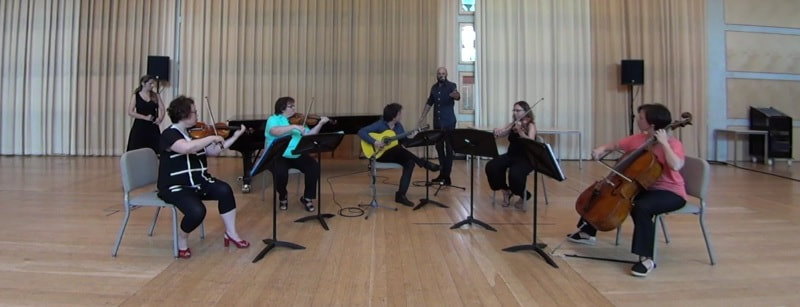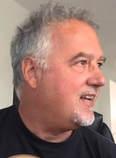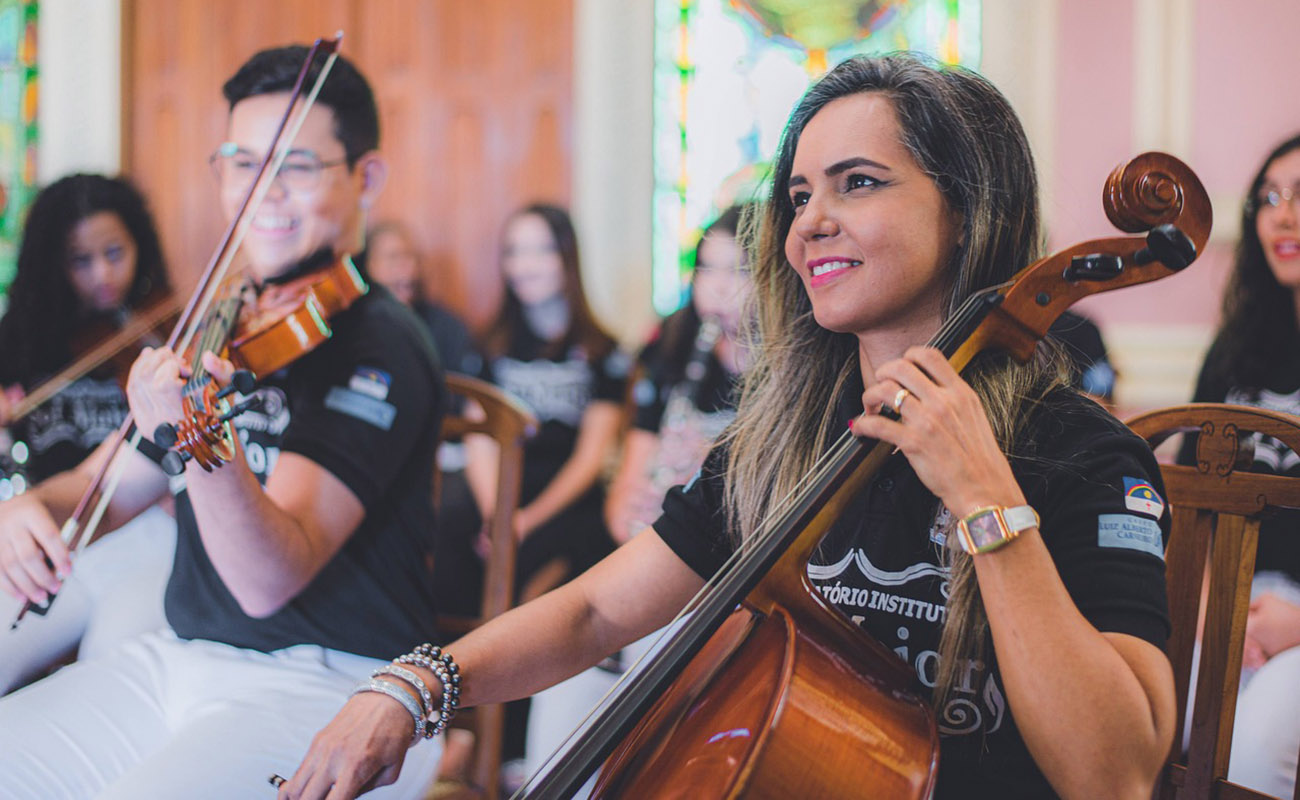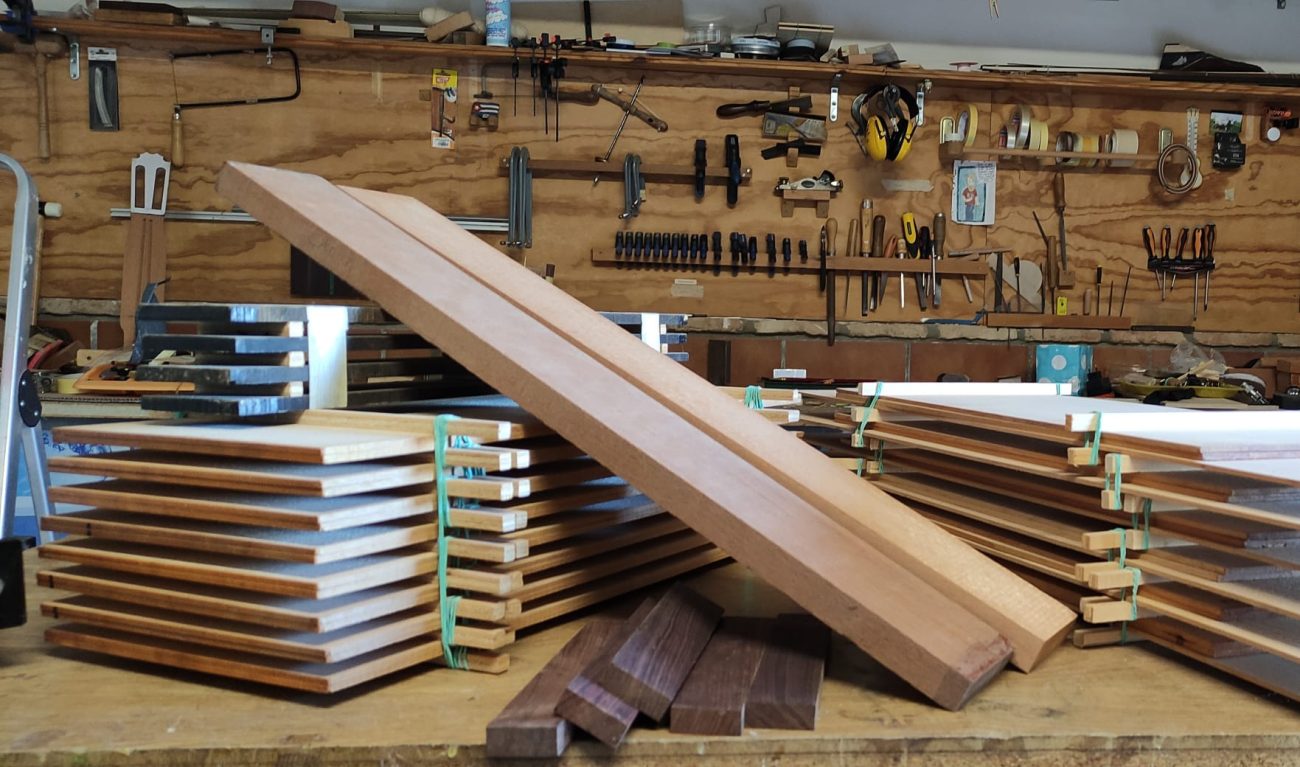Learning flamenco in a music conservatory
Music has been taught in conservatories for over two centuries.

Music has been taught in conservatories for over two centuries. I am referring here to academic music, of course, which focuses on the knowledge of written music and musical theory as the basis for learning. Oral-tradition music is something else. However, for several decades, particularly in the American continent, musical expressions such as jazz, son, samba or tango have been taught in public conservatories, with very positive results.
Flamenco has not been as fortunate. Many hurdles have had to be overcome for the most important Spanish musical genre to be taught in conservatories. It all started in Córdoba with that professorship awarded to Manuel Cano. Later, Paco Peña’s professorship of flamenco guitar would be established in Rotterdam, and finally the Conservatorio Superior de Córdoba took the lead again in that group of “center without complexes” which didn’t have second thoughts about including this specialty in its curriculum. Murcia and Barcelona would follow suit, setting up the higher-level program in their centers (the Taller de Músics and the ESMUC have been eagerly focusing on flamenco). Nowadays, the professional degrees are taught in Seville, Jerez, Málaga, Almería and Madrid, among others. The Higher-Level in Canteprogram is also taught in Córdoba, as well as the flamencology program. We should not forget the work of the Cristina Heeren Foundation, from that initiative undertaken by the great Naranjito de Triana, whose method is still used in this academic center. Baile has had it easier, since from its origins it was associated with academic dance, although often as second-fiddle to classical dance, the escuela bolero and the so-called stylized or clásico español.
We can still hear the insults of those backward naysayers asking themselves: how is it possible to learn flamenco in a classroom? The undersigned has been professor of the flamenco specialty at the Conservatorio Superior de Córdoba for eleven years, and I’m aware of people who agitate against the teaching of regulated flamenco. There are two kinds: the academics, who don’t want anything to do with flamenco, and the purists, who revile the teaching of this genre in accredited institutions. Is better to ignore both the heehaw of one director of a conservatory in Andalusia who once said “as long as I’m in charge, flamenco won’t get into this center”, as well as those who continue invoking the duendes of pellizco to justify their opposition to flamenco being taught in music academic centers. I don’t think it makes any sense that the Conservatorio Superior de Madrid doesn’t have a professorship of flamenco guitar. It is possible to learn how to play the oboe d’amore in that center, but not flamenco. We are still dragging senseless prejudices.
There are pros and cons in everything. Everyone knows that music is learned through the direct interaction between teachers and students, be it at home, in a peña, in a classroom or even on the street. While Manuel Morao, for example, had guitar lessons from Javier Molina at his home, nowadays many young people, some of them already professionals, are learning how to play the guitar in the conservatories’ classrooms. I don’t see any difference. Having in mind, of course, that studying an instrument is not enough, but, like in all musical genres, it’s essential to be in touch with the musical reality of the given genre. A flamenco musician needs to practice in a tablao, peña or in a recital, big or small, just like a classical musician needs to play in a quartet or in an orchestra. Besides, if flamencos of the 21st century learn how to write and read music, and also learn about flamenco history, analysis, harmony and sociology, I can’t see why this would be detrimental, according to the lyrics “el conocimiento la pasión no quita” (“knowledge doesn’t kill the passion”)

Una guajira es interpretada en el Proyecto Master Flamenco del ESMUC
Yet, it’s not true that just because someone has studied in a conservatory, they become a musician the moment they obtain a degree. Titles don’t make artists. A musician is someone who makes music, not someone who just knows how to read and write it. I remember that Enrique Morente used to tell me with some regret: I don’t know music, meaning of course that he wasn’t able to read or write music, and I would tell him: What? You are a giant in music, it’s just that your genre doesn’t require the knowledge of music theory. Yet, It’s an established fact that no one loses one ounce of talent for knowing about harmony, counterpoint and fugue. Knowledge about such subjects which can only benefit a musician.
One of the most serious problems has to do with the design of the study programs. It doesn’t make much sense to demand a flamenco musician to know about certain aspects of academic music. Yet, the worst of it is designing the flamenco guitar program to the image and likeness of classical guitar. Considering that the sonanta is, essentially, an instrument of accompaniment, it doesn’t make sense to focus it all on concert guitar. What happens, then, is that many students finish their courses knowing how to play (read) La Barrosa, but are unable to accompany cante or baile por alegrías. This is something that must be rectified urgently.
Even so, the main obstacle in the teaching of flamenco in conservatories is the fact that, in most cases, flamenco musicians without formal academic training are not allowed to teach, thus closing the doors of the conservatories to many professionals who are more than qualified to teach flamenco. Preventing them to take up a professorship in a conservatory, for lack of an official degree, makes a disservice to the goal of giving the best possible training to the future professionals of this genre. The result of this is classical guitarists, with their shiny, brand-new degrees, being able to teach flamenco, pushing aside true flamenco artists who are much better qualified. In my opinion, this is the great cancer affecting the teaching of flamenco in academic centers. If someone like Gerardo Núñez, a good example of a great master of guitar, is not allowed to be a professor of flamenco guitar in a conservatory for lacking the corresponding degree, then it’s time to turn off the lights and leave.
There is still a lot to do, and if it’s true that “se hace camino al andar” (“the road is made by walking”) I think that, as it was once solemnly announced by the great master Fosforito in Córdoba, in a few years the natural place to learn the flamenco genre will be in the conservatories. It’s about time.

Faustino Núñez




